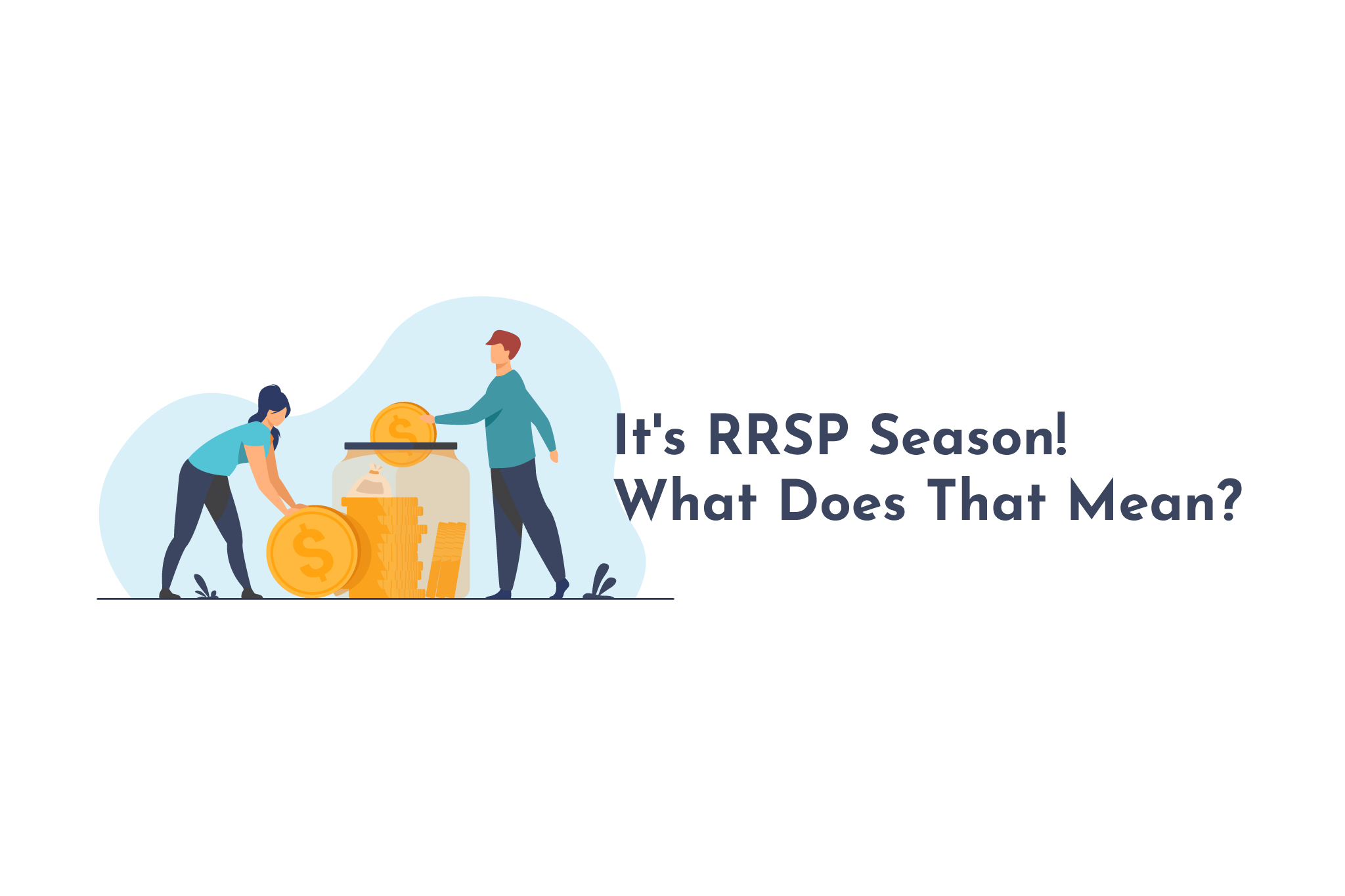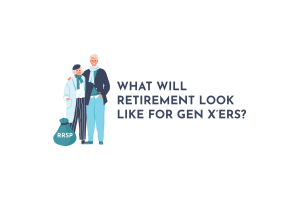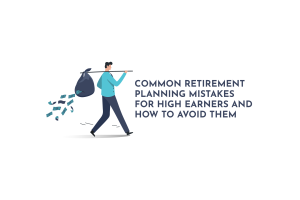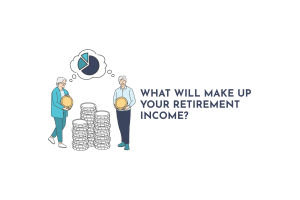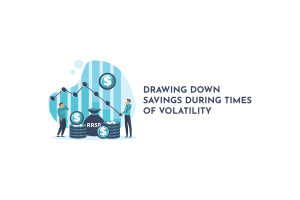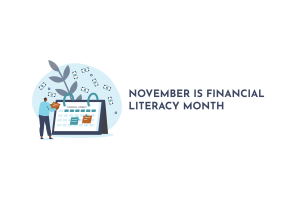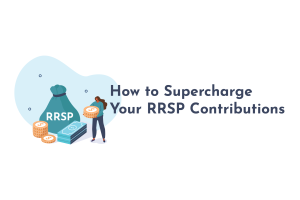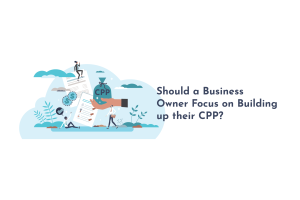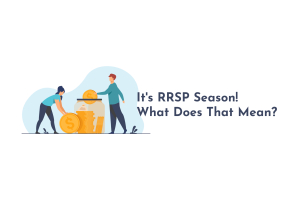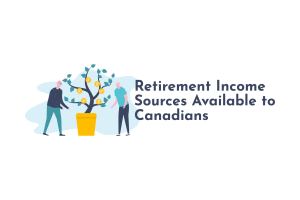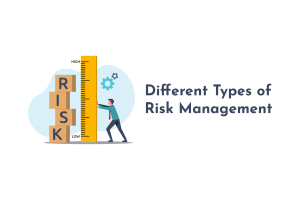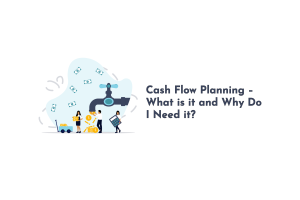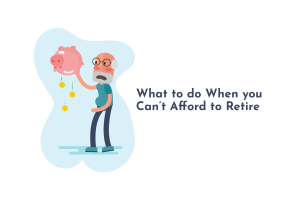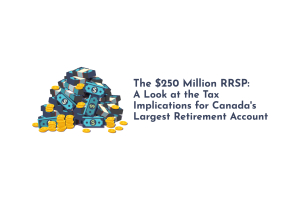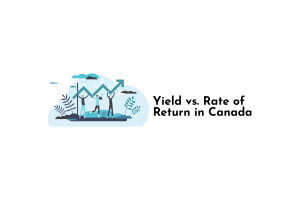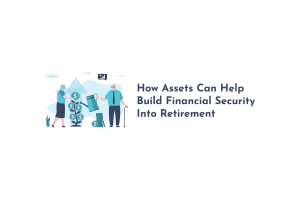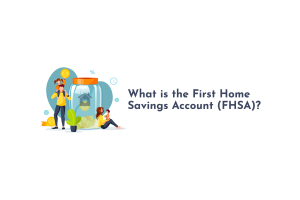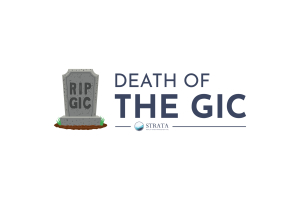Every year, we are inundated with advertisements during the first few months. They are from financial institutions that are encouraging people to put money into their RRSP before the deadline. While they often do a good job getting across the point that there is a timeframe for investing in your RRSP (RRSP Season) so that you can offset your taxable income from the previous year, they don’t really do a good job educating people about what an RRSP actually is. With that in mind, let’s take a look at a bit of the history of the RRSP so we know what it is, how it works, and how to best use it.
In This Article:

A Brief History Lesson
In 1957, the Canadian government made an amendment to the Income Tax Act that created Registered Retirement Savings as a concept. Initially called a Registered Retirement Annuity, the idea was that individual taxpayers in Canada would be allowed to save up to 10% of their income (to a maximum of $2500) in a personal savings plan that was intended for use in the future to provide retirement income. The idea was to provide workers who didn’t have access to a Registered Pension Plan through their employer with the same tax advantages as those who did have access to a pension plan. The response was pretty underwhelming. Data from 1957 through 1968 is unavailable, but in 1968, there were only 172,000 people who deposited money into one of these accounts. This equates to about one out of every fifty eligible taxpayers using this style of plan. Fast-forward to 1990, and it is estimated that approximately 20% of tax filers that year claimed an RRSP deduction. In 1968, it was estimated that there was less than $143 million in contributions to RRSP. In 2021, the census showed that the amount had risen to $56 billion dollars. This increase has been driven by a few things: people are more educated about what the RRSP is and are increasingly less likely to be covered by a workplace pension plan, so individuals must plan for retirement on their own.
How does an RRSP Work?
In its simplest form, the RRSP is a deal that you make with the government. You open a special savings account where you tell the federal government that any money you deposit into that account you are not going to spend until you reach retirement. With this as the basis of the ‘deal’ you are making, the government agrees to refund you any income tax that you paid on money you deposit into this special account earmarked for retirement. The agreement is that they will give you back the tax you paid this year, but in the future, when you withdraw the money, you will pay income tax on it then. Historically, this has worked to the taxpayer’s advantage because, typically, your marginal tax rate is higher while you are working than it is in retirement. For example, if you are paying 33.89% as your marginal tax rate this year and in retirement you would be at the 24.15% marginal rate you save money because you got more money refunded to you than you will pay as you draw the funds out. The idea that you don’t pay taxes annually on the growth inside an RRSP and that you will pay less tax in retirement than you do while working are the fundamental reasons that RRSPs make sense as a savings vehicle for Canadians saving for retirement.
As a side note here, try to remember that an RRSP is not a product. Many people think, based on advertisements, that they need to ‘buy an RRSP’ every year to get their tax write-off. You cannot buy an RRSP. It is not a thing, what it is is an account that is registered with the government for the purpose of indicating that it is for retirement savings. I like to use the analogy of your savings plans being made up of different boxes. You have the RRSP box, the TFSA box and the non-registered savings plan box. The boxes can all contain a wide variety of investments. Mutual funds, Segregated Funds, GICs, ETFs, Stocks, Bonds, etc. can all be held in each box. How each box gets taxed is the difference. With your RRSP, any money you put in the box generates a tax deduction this year, and you have to pay tax on it when you take it out of the box. TFSAs and non-registered boxes are treated differently (and are outside of what we are discussing here). When you make a deposit into the RRSP box, you can add to an existing investment (buy more mutual fund units of a holding already there) or add an entirely new holding. You are buying an investment that is held in your RRSP, not buying an RRSP.
When saving in your RRSP, there is a limit on how much you can deposit every year. The limit for 2023 is equal to the lesser of the two following amounts:
- 18% of your earned income the previous year,
- OR
- The annual limit amount (in 2023, this was $30,780).
The annual limit typically increases every year to allow for your savings to increase, keeping pace with inflation. If you don’t use all of the rooms available to you in a given year, it accumulates. This amount is shown as an RRSP contribution room and can be found on your Notice of Assessment that you receive from the government each year when you file your taxes. It is important to know how much RRSP contribution room you have because there are penalties for overcontributing to this type of plan. If you stay within $2000 of your limit, you are safe, but if you go over that amount, you will face a penalty of 1% of the amount you have overcontributed for every month that the money is in the RRSP. If you do over-contribute, it is essential that you address this with the proper documentation and solve the problem as quickly as possible to prevent the penalty from growing too large. Working with a financial advisor should help prevent this type of situation because they should require you to show them your RRSP contribution limits as part of the planning process that they follow.

Why Should You Use an RRSP?
Many Canadians who are approaching retirement age have been forced to face the reality that the retirement savings landscape has undergone a seismic change during their lifetime. The days of private sector employers offering defined benefit pension plans to their employees are mainly in the past. This doesn’t mean that employers don’t provide workplace savings plans targeted to help employees with retirement; what it means is that the days of guaranteed retirement income have passed by for many workers. This has downloaded a lot of the responsibility for saving for retirement onto the individual. The best way to save for retirement is to take advantage of the preferred tax treatment of an RRSP. As I mentioned previously, by generating a refund of taxes paid today and not generating taxable income as the plan grows every year, you have the potential to defer payment of tax until a time in your life when you pay less, and thus, you save money. Combined with Old Age Security and the Canada Pension Plan, RRSPs provide one of the pillars of retirement income for Canadians.
How you use your RRSP is an essential part of any financial plan. When you are planning for the future, you should be working with an advisor who will help you forecast many things, one of which will be your future tax bills. Using your Registered Retirement Savings along with any other savings you have in your Tax-free Savings account or non-registered investments, your advisor should help you come up with a strategy that will allow you to achieve your goals within your budget today and help minimize your tax bill in the future.
So What is ‘RRSP Season’?
This was the question that I asked to begin with, and after discussing what the RRSP is and why you should use it, let’s answer this. During the first 60 days of the calendar year (as long as you are under the age of 71), you can contribute money into an RRSP and use that contribution as a write-off against income earned in the previous year. This allows you to do some tax planning as you know what your earned income was last year, so now you can see how much tax you paid and what type of refund an RRSP contribution will generate for you. It is the first 60-day deadline that created ‘RRSP Season.’ Applying a time frame to things always adds a sense of urgency to it. This has been captured by marketing teams and applied to the RRSP, making sure that people know that they only have the first 60 days of the year to get that tax write-off for last year, creating this idea that there was a time limit on making an RRSP investment. Does ‘RRSP Season’ Really exist? No, not really. It has been shown by many studies that putting money regularly into your savings plans over the course of the year is the most effective way to save for the future. If you do this already, you may want to talk to your advisor about whether a lump sum contribution would help, but as always, make sure that it works with your plan long-term. An RRSP should be part of your plan to save for retirement, not to generate a tax refund for immediate use.
